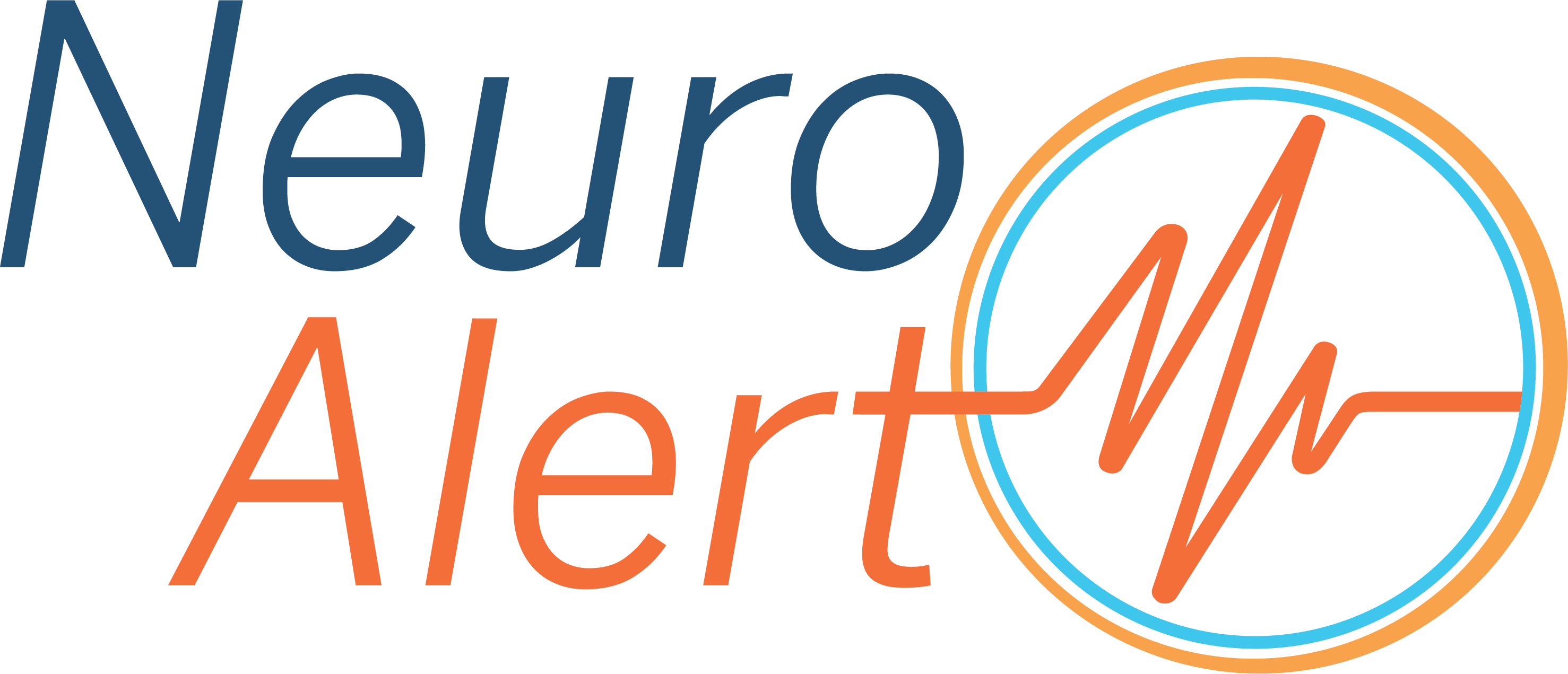Speaker: Dr. Rudolph Taddonio, Spinal Surgeon (1:52)
Transcripts to follow:
Dr. Rudolph Taddonio, Spinal Surgeon:
I have used neuromonitoring since 1977 when it was first introduced to the spine community. It was first used to monitor adolescent and adult scoliosis patients who are undergoing surgery because of the–not high–but rare and devastating effects of paralysis that can happen when you manipulate the spine.
Back then, the equipment was probably eight feet long by four feet wide–it was a huge computer. It wasn’t that accurate but it helped us increase the safety of surgery. As it’s evolved, the technicians and the doctors that do the monitoring come into the operating room as a team with a laptop computer. It’s highly accurate, highly sensitive, and a very important part of our surgical procedures.
As I said I’ve used it since 1977; I’ve watched it evolve. It has saved a few of my patients I think neurologic episodes as we’re correcting their rigid scoliosis, and we see an alteration in the signals that are produced and read with the monitoring. We’ve backed off from the corrections and the signals return to normal. So I use it on every one of my complex scoliosis reconstructive and cervical spine cases, and I think it’s absolutely mandatory to do so.
